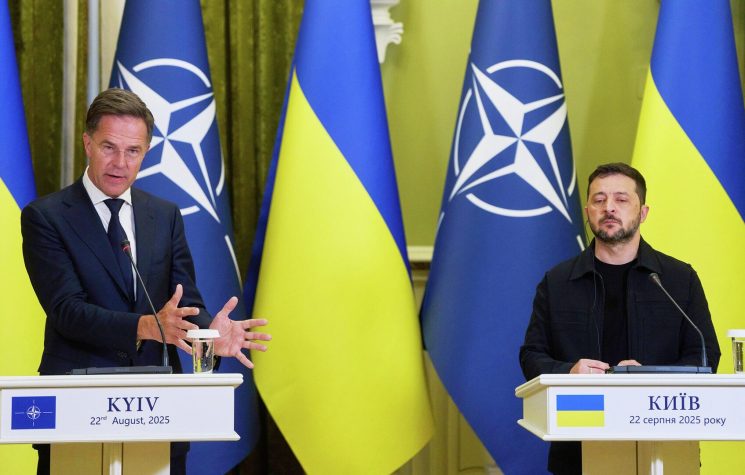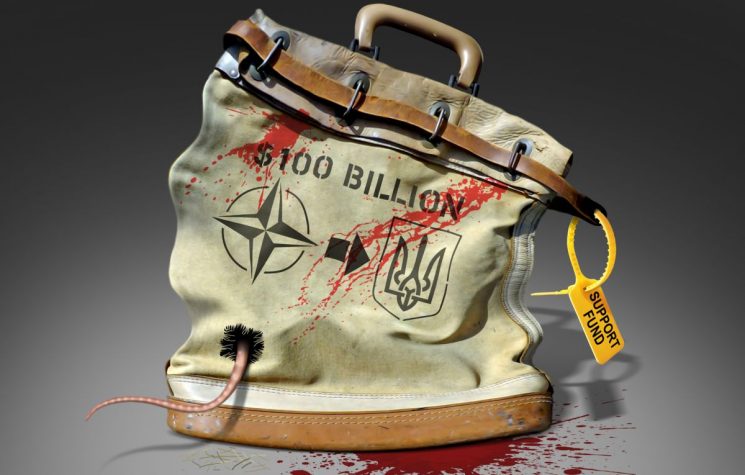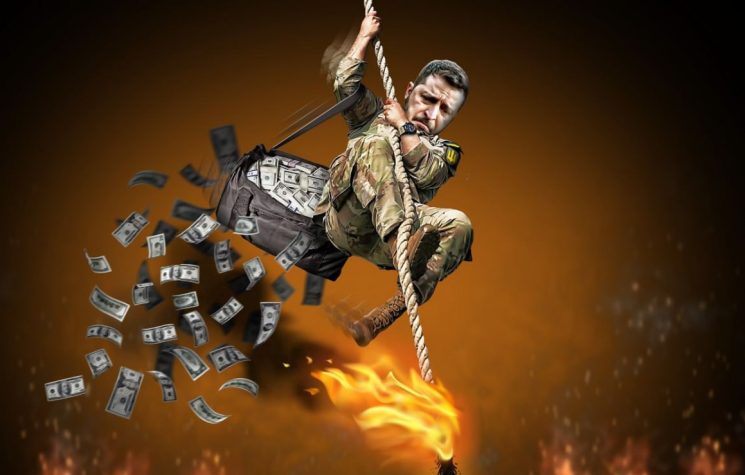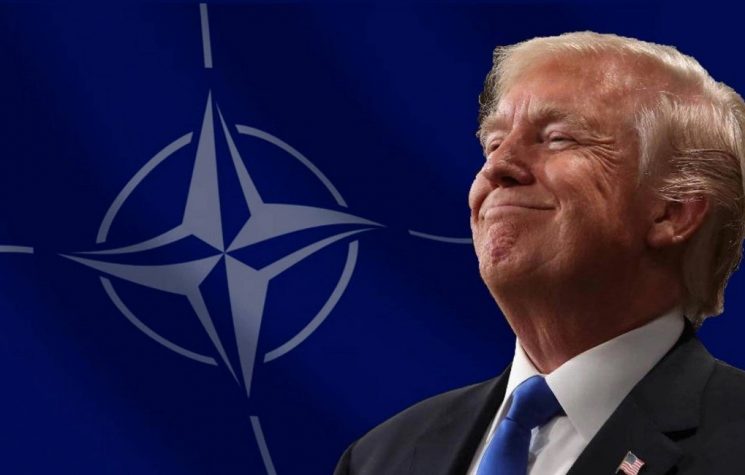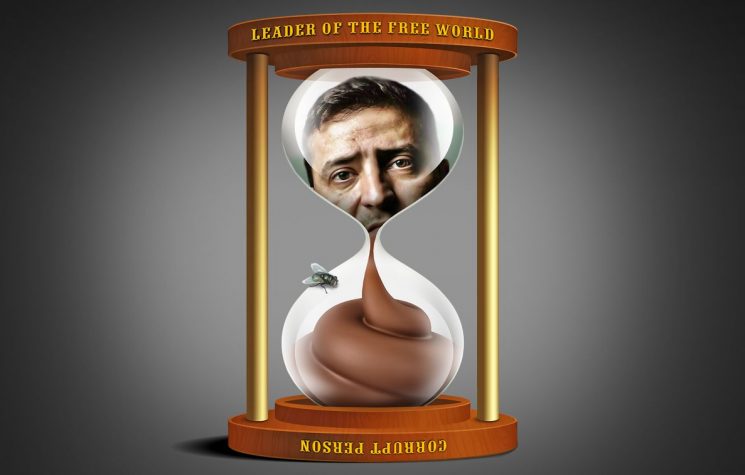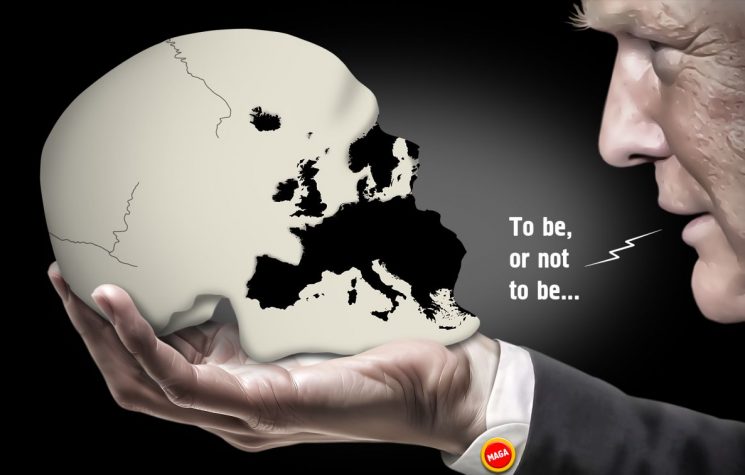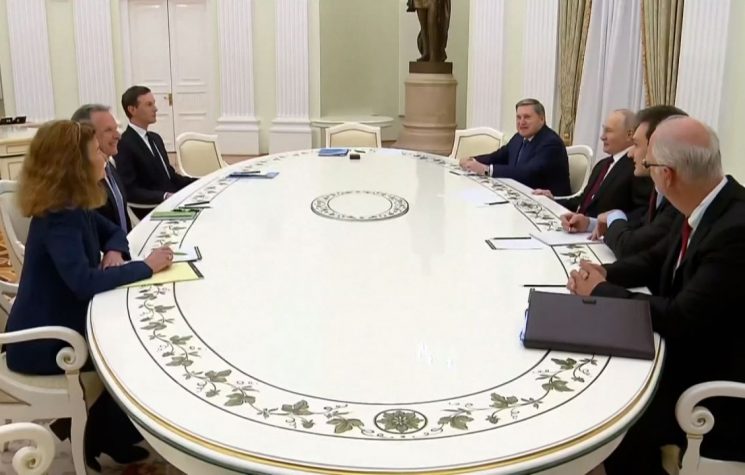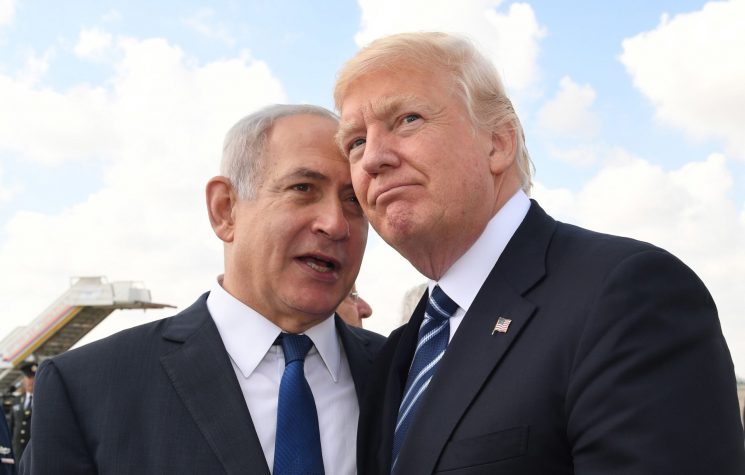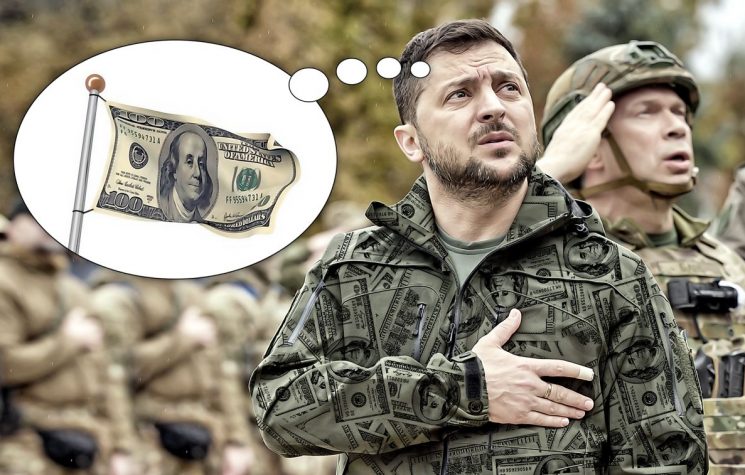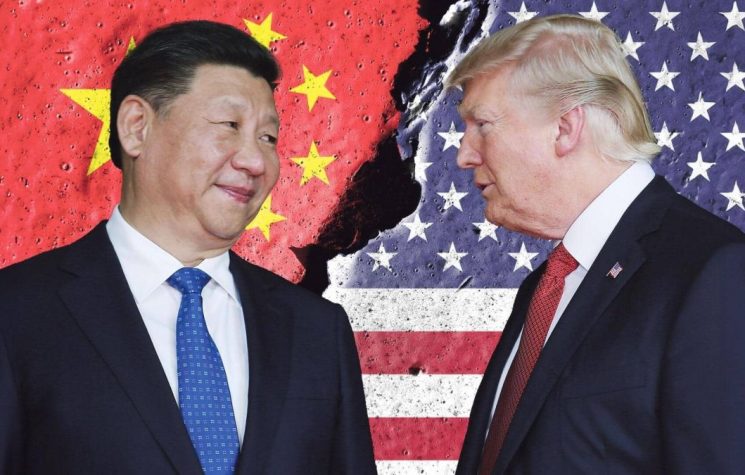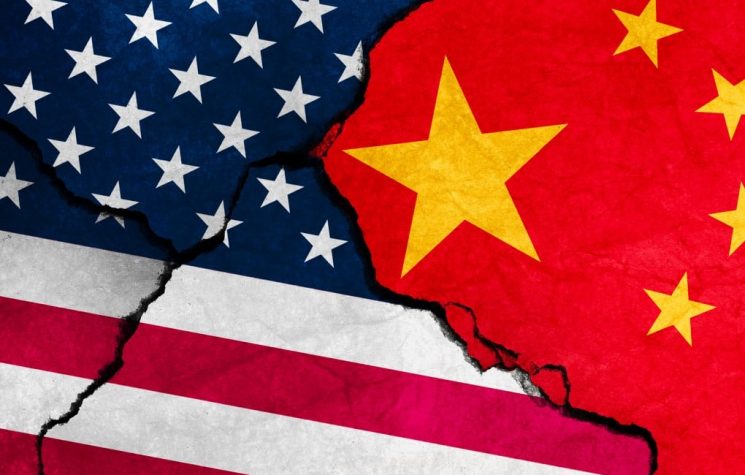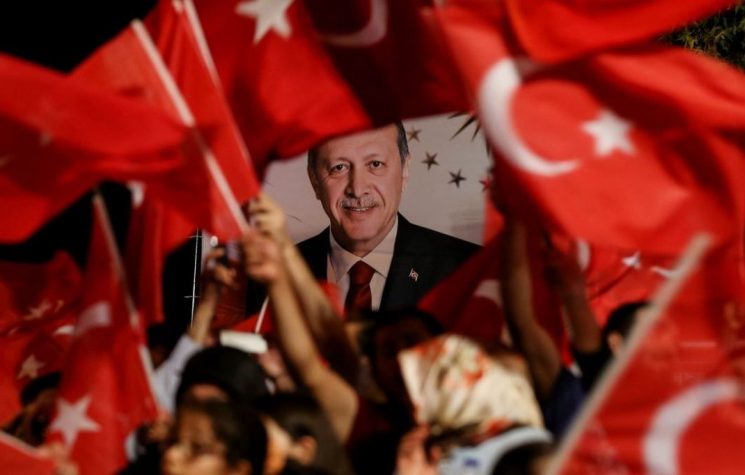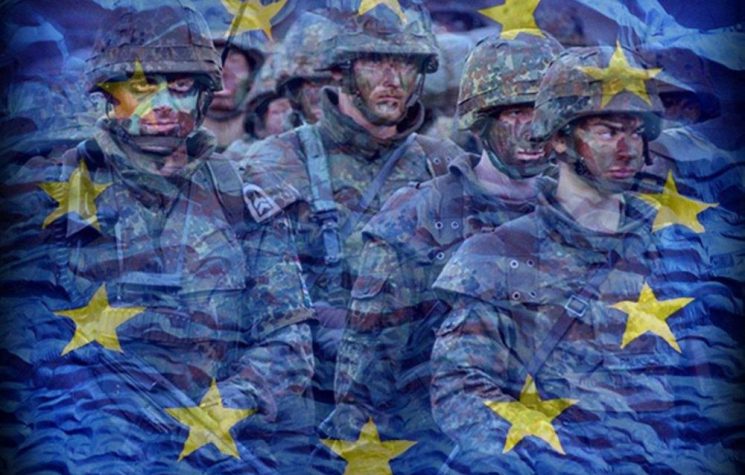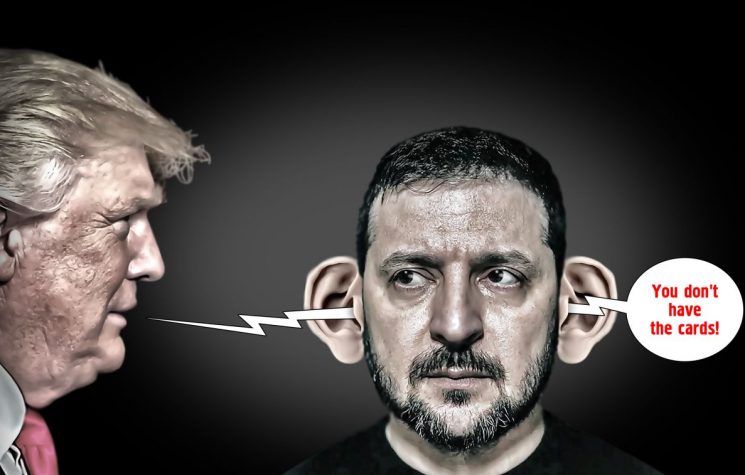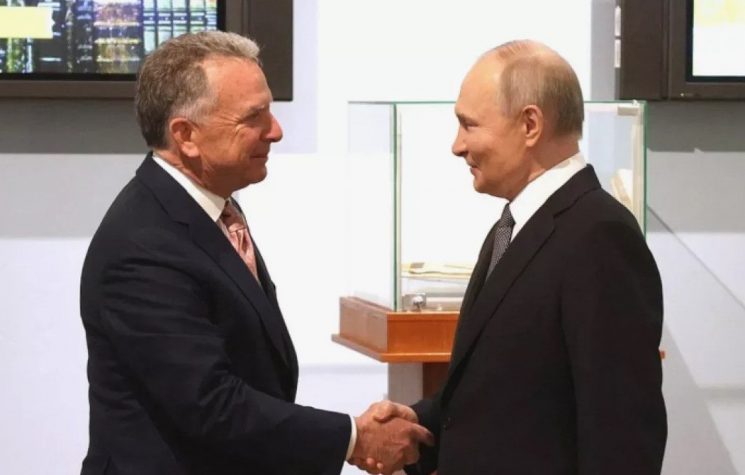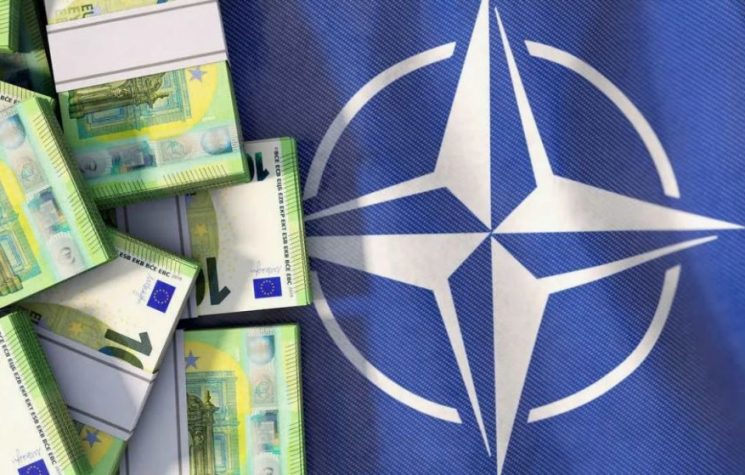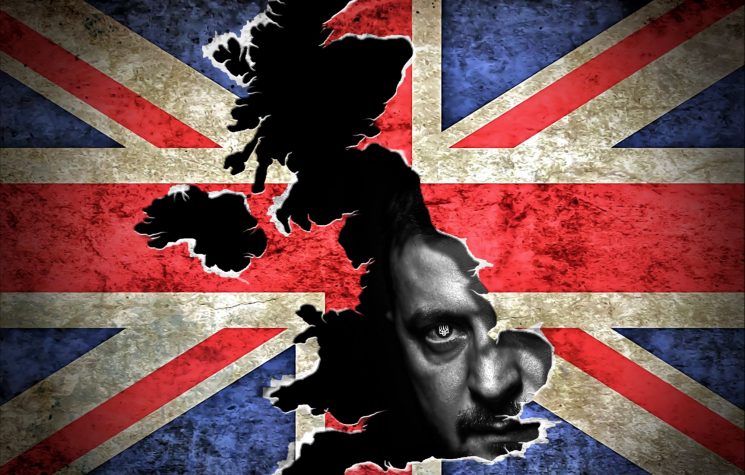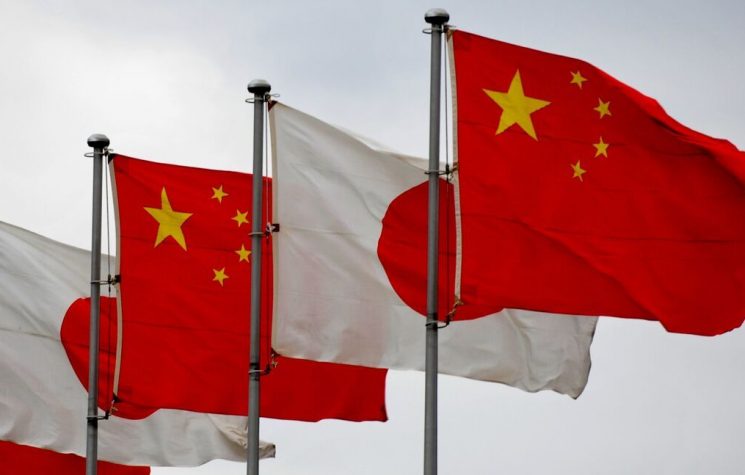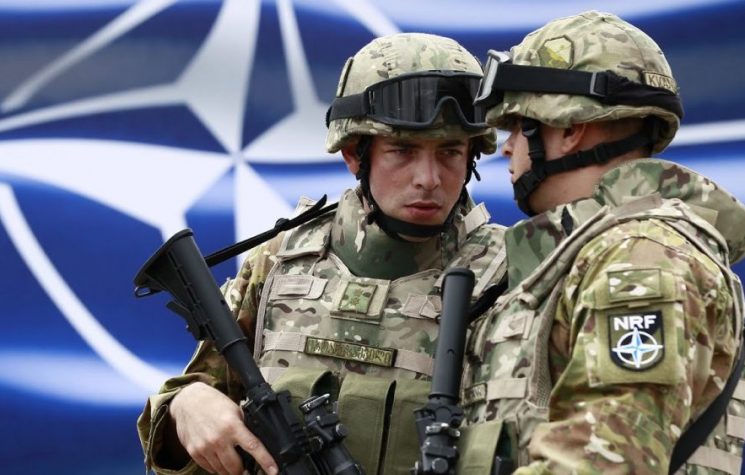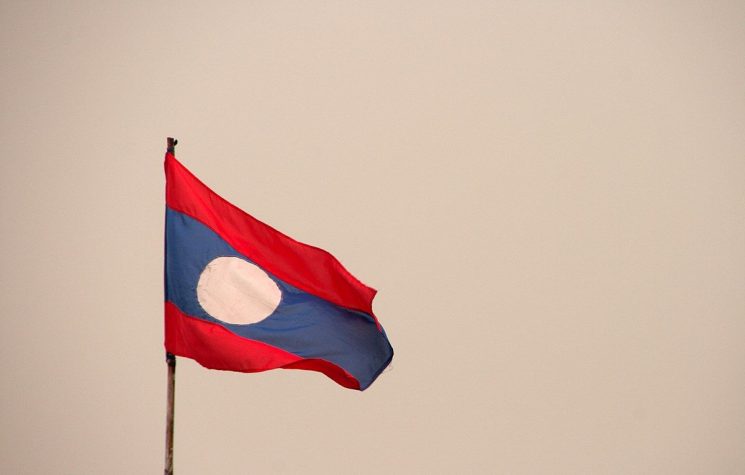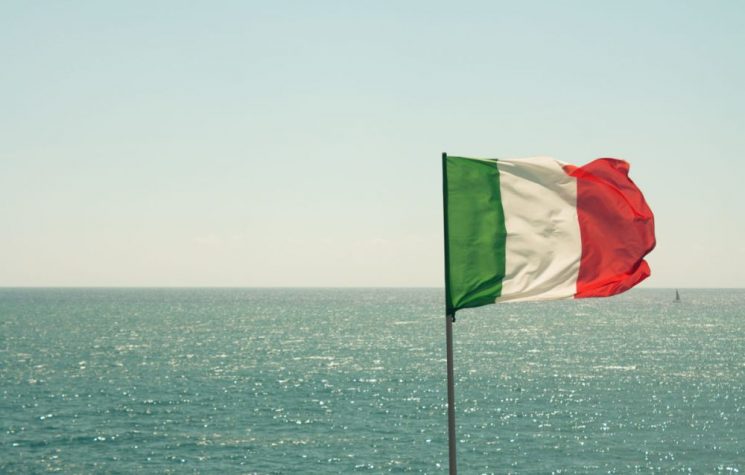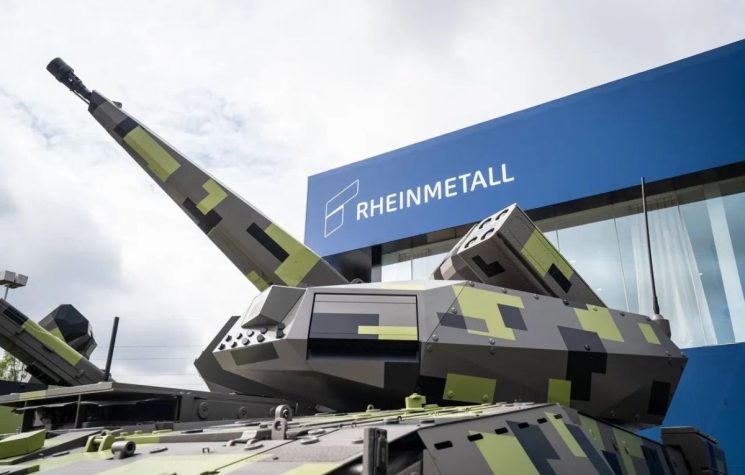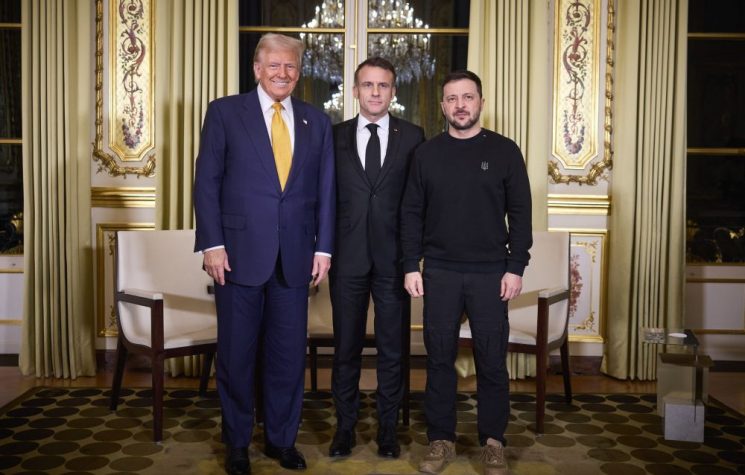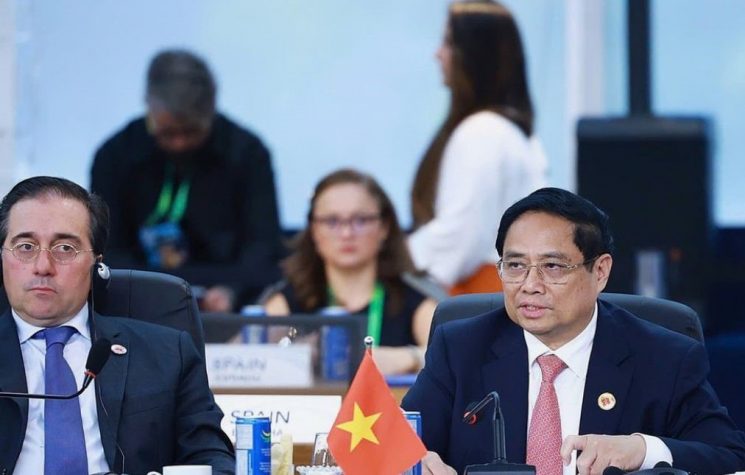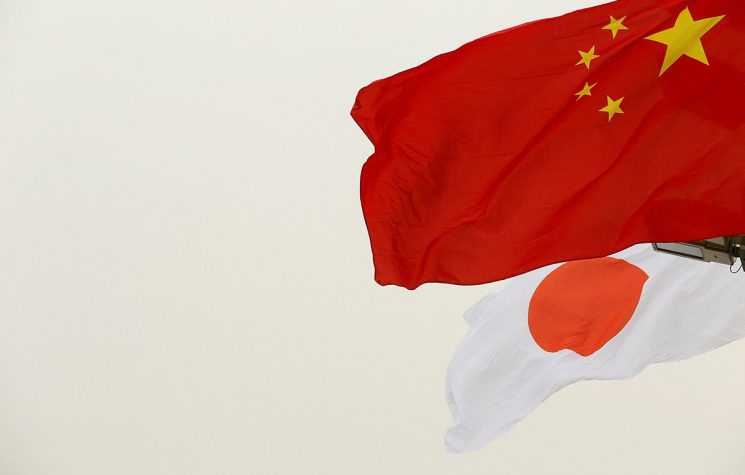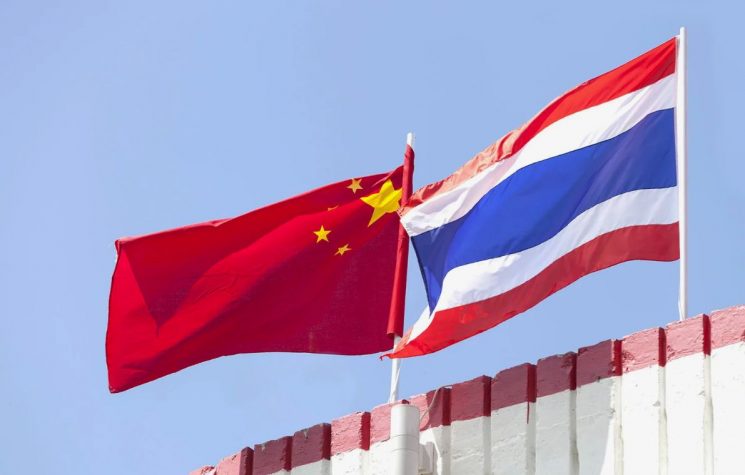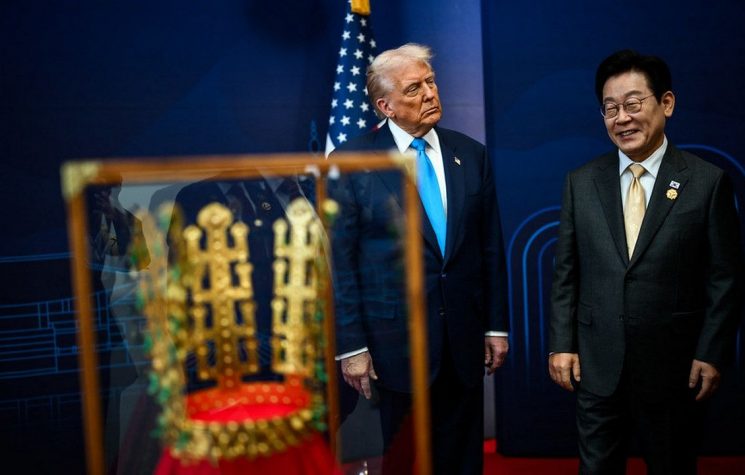Ukraine has made Europe a pathetic American wasteland, of no great consequence in the larger picture and all with an economy of American lives.
❗️Join us on Telegram![]() , Twitter
, Twitter![]() , and VK
, and VK![]() .
.
Contact us: info@strategic-culture.su
Although they say you should never judge a book by its cover, that does not apply to “Proposed Plan for Victory in Ukraine”, a policy paper the U.S. Republican Party hawks recently wrote on how NATO can prevail in Ukraine. As its cover has a picture of Russia’s Putin, together with China’s Xi and Iran’s Khamenei, with Belarus’s Lukashenko towering behind them, those Americans are in no doubt who their many enemies are, just as we, in our turn, can be confident that, in extrapolating their “analysis” far beyond Zelensky’s imploding rump Reich, we are reflecting their bird brain’s view of the world.
The plan, which should have been written with a crayon into a colouring book, divides into four or so parts, headlined as follows: The Threat, Proposed Plan for Victory, Oversight, Burden Sharing. Those sections, in a nutshell, tell us that Putin and all those others, who are not NATO doormats, are a clear and present threat to our democratic way of life; that we should blast the lot of them into the hereafter, having first used our NGOs to undermine their respective civil societies; that we need the same robust accounting and government systems Zelensky has in Ukraine (LOL); and, finally, that “our democratic partners” should cough up more cash to keep our war machine well-oiled.
Although NATO’s three major arenas of Europe, the Middle East and Southern/Eastern Asia may have different characteristics, the overall approach of sending in the marines or, better still, someone else’s marines, is the same. NATO is, militarily, a compulsive gambler that keeps doubling up, hoping its luck will turn.
With all of that in mind, let’s again briefly survey the state of play from Finland down to the Middle East and onwards to China and beyond.
Regarding Finland, Sweden and the Arctic, Russia should make those pimple states aware that, should they escalate affairs around the Kola peninsula, Russia can also escalate up to and including nuclear war against them and, that, if they really escalate, both Finland and Sweden will be nuclear wastelands for the next 100,000 years. Given their carry on, the world might be better off without these American doormats.
Ukraine, meanwhile, has worked out well. It has made Europe a pathetic American wasteland, of no great consequence in the larger picture and all with an economy of American lives.
Azerbaijan’s slaughter of the Armenians, helped at every stage by the Turks and their Muslim Brotherhood enforcers, shows the value of heavily investing in drones and missiles and other asymmetric weapons. Hezbollah, Hamas and the Houthi have all driven home this same point, that, as with Ukraine, drones and missiles are the new kings of the battlefield. NATO are, as these links here, here, here, here, here, here, here, here and here all show, also fully aware of this and, having duked it out against Iranian drones in Ukraine, it is onwards Christian soldiers to Asia.
As India squares up to China, all sides agree that drones and missiles will both play significant roles in their respective calculi. With Mohamed Muizzu heading a Chinese puppet regime in the Maldives to the south, and Bangladesh, Nepal, Bhutan and especially Pakistan being seduced by China to India’s north, India must calibrate its response as part of its Neighborhood First policy. If the Maldives’ “India Out” regime does not quickly see the light and abandon China, then India, together with its Israeli, American and Australian partners, might well invade that tropical paradise “to preserve democracy”. Certainly, China cannot be allowed to control the Maldives and the choke points around them and, as India cannot match China’s spending power, tough love in the form of a full scale naval invasion might be the preferred option.
On that latter point, it might be noted that India’s blue water navy, along with Japan’s, sent help to the Maldives during the 2004 Asian tsunami but China proved itself incapable of doing the same. An important point to footnote when the big guns open fire.
Although America’s only reservation with regard to India flexing its military muscles would be how to balance India’s sectarian Hindutva ideology with getting NATO’s Uyghur fifth columnists to stir the sectarian pot in China’s vast Xinjiang province, I am confident Turkey’s Erdoğan and his Qatari Muslim Brotherhood backers will be up to the challenge helped, no doubt, by the mastery Turkey and President Ilham Aliyev’s fascist Azerbaijan have both shown in drone warfare in their latest efforts to exterminate the Armenians.
Interesting times ahead then for NATO’s Chinese friends in Xinjiang, all the more so as India’s Drishti 10 Starliner drones have started to roll off Adani Defense and Aerospace’s production lines greatly helped by Israeli firm Elbit, who have used the Israeli Hermes StarLiner drone as their prototype.
Although China and Pakistan have larger drone inventories, India, helped by Israel and the United States, hopes to close that gap not only against them but also in India’s ongoing campaign against the Houthi and sundry other weathervanes currently making the news.
India has also been investing heavily in Russia’s Far East, even in Sakhalin, which is in dispute with Japan, whose diplomacy has always tended to grovel to one great power (Britain, Nazi Germany, the United States) after another, rather than to follow Japan’s own national interests.
Although India hopes to avail of Russia’s emerging Northern Sea Route (NSR), that might well become redundant when NATO puts the squeeze on China: no international trade, no need for extra trade routes or, for that matter, China, which is far more export reliant than is India, which has a much younger demographic (with two-thirds of Indians being under 35 years of age) and bullish growth prospects, some of which is as a result of multinational companies divesting themselves from revanchist China, whose mercantilist and neomercantalist adventurism is not everyone’s cup of tea.
Although China enjoys a huge balance of trade surplus with the United States, what will happen to those Chinese exports when sea lanes are disrupted and when China becomes, as many American Republicans like POTUS 2024 favourite Trump want it, public enemy number one?
And though we only recently discussed China’s South Sea and Taiwanese adventurism at length, the Yanks are building yet another air base in Okinawa and the Philippines are very concerned with the vast oil supplies the Yanks continue to stockpile in Subic Bay, where they have no right to be. Although the good people of the Philippines want the Yanks gone, because they do not want the Chinese to further encroach upon them, like Japan, Vietnam and the entire ASEAN bloc, they are forced to collude with the usual suspects to put an end to this creeping Chinese colonialism.
And then there is Malaysia. Or rather Malaysia’s Proton car company which I wrote about in Japan’s Big Bang when Mitsubishi Motors were heavily involved in it. Mitsubishi’s problem was that it had been left behind when other Japanese auto companies scooped up the rest of SouthEast Asia and so it invested in Proton, trying to make a cheaper version of its own domestic Japanese offerings that would better fit the budgets of the Malaysian and contiguous consumer markets. Leaving the cost cuttings to one side, Mitsubishi could not make it work and it is unlikely the Chinese will enjoy any greater success simply because the Malaysian GDP/cap of $12,466 does not offer sufficient upside to make Chinese style projects such as this viable.
Although that can be debated in the case of Malaysia and Proton, what cannot be debated is that China has a number of glass jaws that would give any boxer a heart attack. Disrupt sea trade, disrupt exports with sanctions, disrupt Hong Kong, Tibet, Taiwan, Xinjiang, the Indian border and a few other places for good measure and China will squeal.
China sees itself as the new Rome, with all roads leading to and from it. But Rome, on which the Americans model themselves, was an imperialist power, whose hour has passed. Although the Chinese have pumped billions into such projects as the Phnom Penh-Sihanoukville expressway, not all of these gimmicks have stood the test of time that Rome’s roads or, for that matter, Herr Hitler’s autobahns have. Malaysia, for example, has lost $2bn to Chinese companies who built two useless pipelines in Sabah and that is but one of many such white elephant examples.
The harsh reality is that much of China’s investment is, like that of bubble era Japan before it, shifting domestic overcapacity overseas with the same sorts of results Mitsubishi got with Proton. Although China’s state and private investment into SouthEast Asia has been impressive, outside of the Chinese hype, results have been as mixed as were those of bubble era Japan.
And that is before we look at the grimier externalities. President Ferdinand “Bongbong” Marcos of the Philippines would like to put an end to inward Chinese racketeering and Malaysia is still trying to get over the Belt and Road criminality for which former prime minister Najib Razak got handed a 12 year jail sentence (we’ll pass over his murder of Mongolian model Shaariibuugiin Altantuyaa). Further south, the Indonesians feel their $7.3bn Whoosh high-speed train was a very expensive white elephant, one of many China has peppered the entire region with.
For many in Southeast Asia, Japan whose foreign direct investment in the region ($200 bn) lags only behind America’s ($210 bn) and is almost double that of China’s ($106 bn), might be the better bet, at least as a hedge against the two bullying hegemons of America and China. Although Chinese trade with ASEAN now far outstrips that of Japan, Japan remains the steadier bet, all the more so if Taiwan and South Korea are also put on their side of the scales.
More to the point perhaps, Japan has not only concluded defence-equipment transfer agreements with the Philippines, Malaysia, Vietnam, Thailand, Singapore and Indonesia; but, as this Japanese Defence Ministry document shows, the Japanese military have a good idea of what they have to contend with regarding China’s antics.
As the Chinese like to gamble, they might like to consider that NATO figures the odds of NATO bottling them up and torpedoing their economy are quite good. If China doesn’t want to shorten those odds even further it should, as already suggested, retain the services of Russia’s diplomatic corps to learn how to constructively play their part. If, on the other hand, they continue on this road to war and destroy all the progress they made since getting shot of Mao and his equally reactionary Gang of Four, then all bets are off and NATO’s Proposed Plan for Victory in Ukraine, Yemen, Iran, Syria & China will, sadly, have its day.










